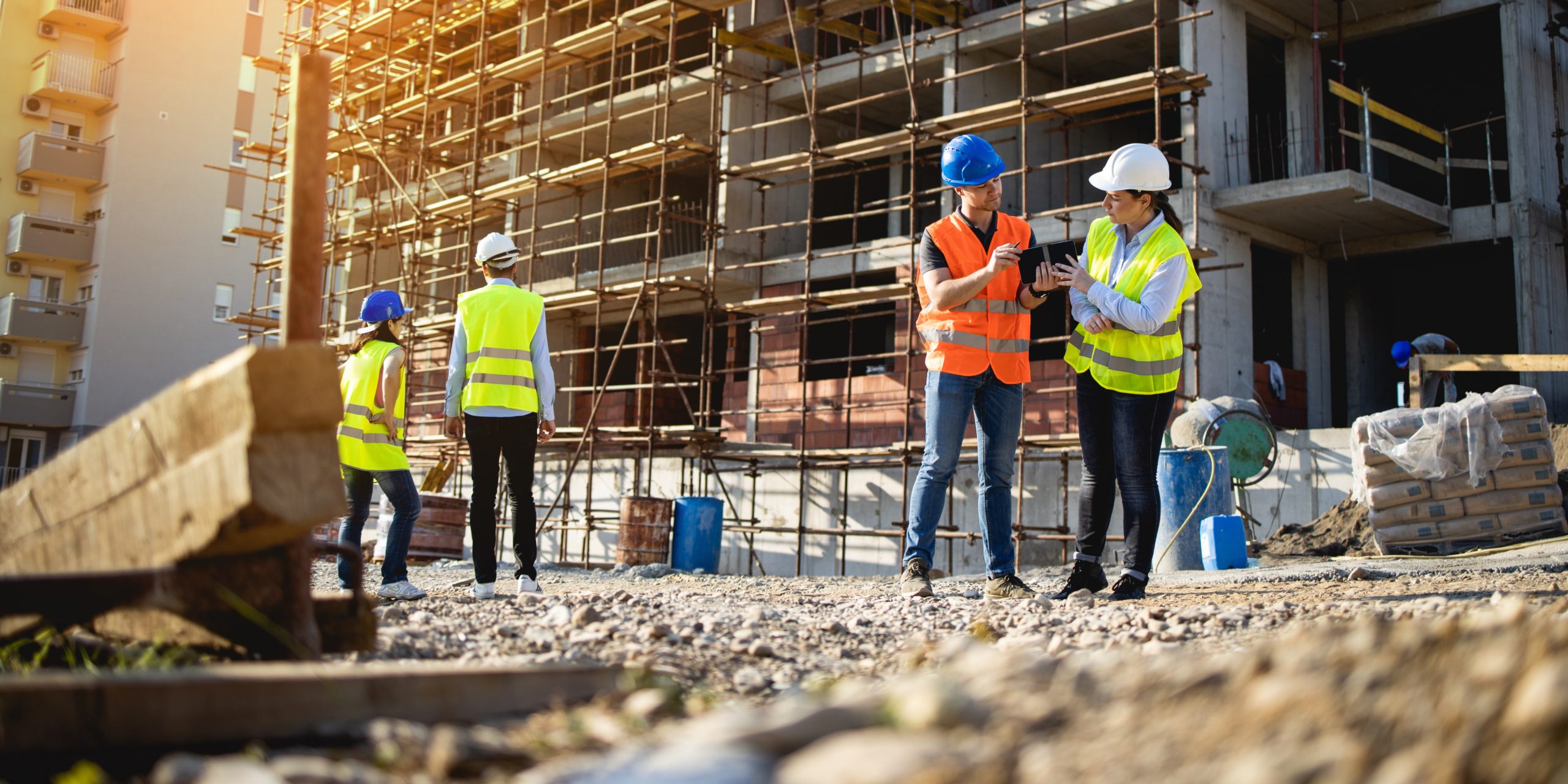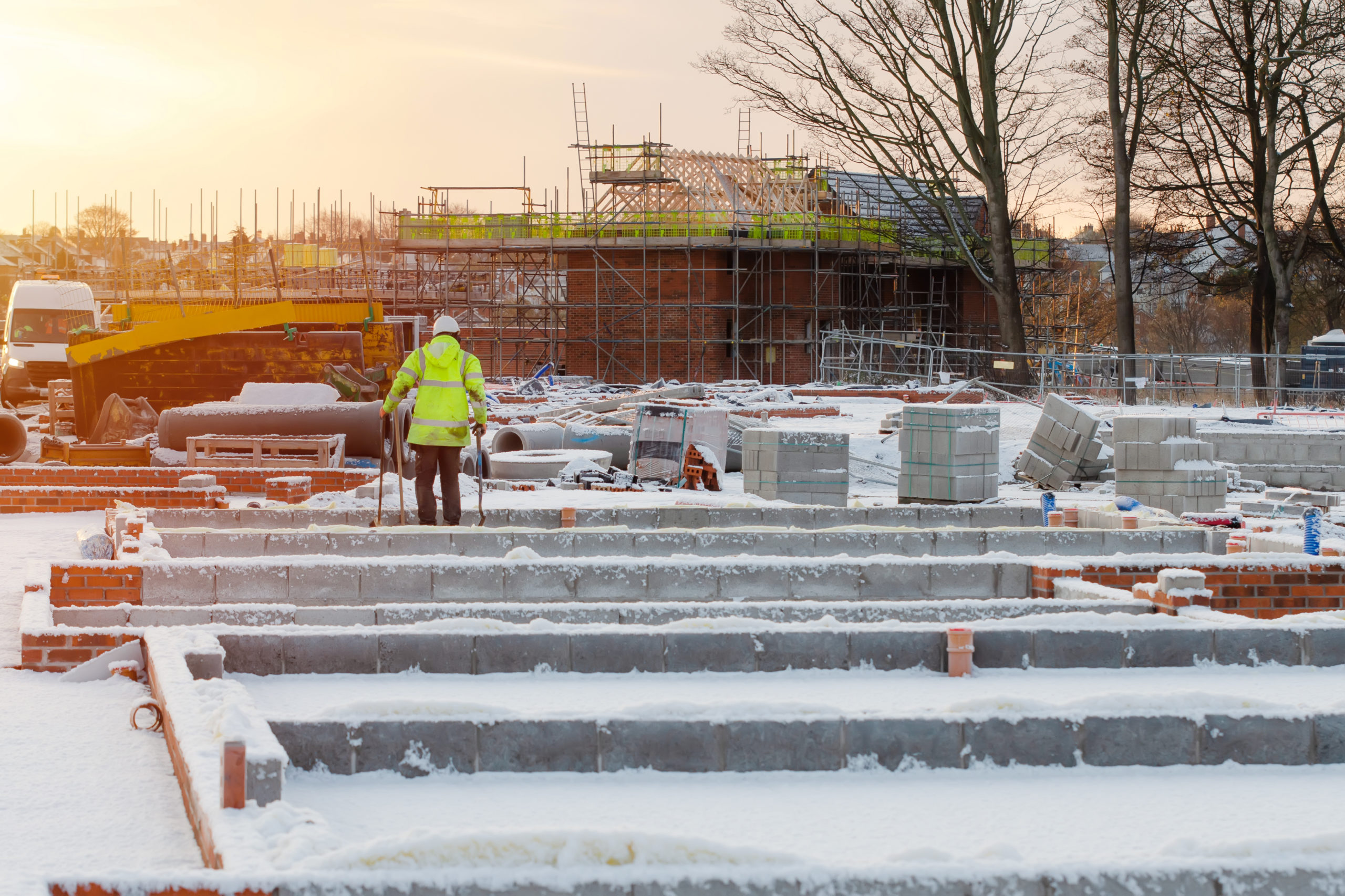As an employer, it’s vital to ensure that your employees have a safe place to work each day. Construction is one of the most dangerous industries for injuries and deaths due to equipment accidents, slips and falls, and job-specific injuries like cuts and burns. In fact, there were approximately 1,008(1) fatalities within the construction industry in 2020, according to the US Bureau of Labor Statistics.
With proper anticipation and preparation, you can prevent potential hazards before they happen, helping everyone to stay safe. Fortunately, there are several practical things you can do to help improve the working conditions both for workers’ health, and to raise awareness of the importance of healthy working relations.
Let’s explore six key workplace safety tips for a construction site.
- Wearing the right personal protective equipment (PPE) is essential to prevent injuries and protect workers from potential hazards on a construction site. Employees should wear, at a minimum, proper PPE such as hard hats, safety glasses, gloves, and steel-toed boots as necessary to keep them safe. Depending on the job tasks, equipment used and potential hazards, additional PPE may be required. Make sure that the items fit properly and use them as intended.
- Proper training is critical for all workers on a construction site. Make sure all employees receive comprehensive health and safety training on their job responsibilities, equipment handling, and safety procedures. This is especially important for new workers who haven’t been trained properly in their assigned work tasks. It’s also important for existing employees to be updated with any changes made to health and safety policies, procedures, or regulations. Conduct regular safety meetings and annual refresher training to discuss best practices and potential hazards.
- Identifying potential hazards on a construction site is crucial for worker safety. Conduct regular site inspections to identify potential hazards, such as exposed wires, uneven surfaces, or unstable structures. Based on the observations, take corrective actions to minimize the risk of injuries.
- Clear communication among workers and management is essential to ensure that everyone is aware of any potential hazards and safety procedures. When it comes to written and verbal communication, make sure to include this information in all languages that may be spoken on the job site. Additionally, encourage workers to speak up if they identify any unsafe conditions by creating a clear set of policies for reporting injuries or accidents on the job site.
- Ensure safe equipment handling. Regularly inspect all equipment to ensure it is in good working condition. Look for signs of wear, damage, or malfunction that could compromise safety. Keep equipment maintenance logs to ensure timely repairs. Additionally, workers should receive thorough training on the proper use and operation of all equipment they handle. Training should cover essential aspects such as safety precautions, operating procedures, emergency shutdown protocols, and any specific risks associated with the equipment.
- Be prepared for any potential emergency situations. Develop an emergency action plan that includes evacuation procedures, inclement weather procedures, first aid kit requirements, and emergency contact information. Train all employees in emergency procedures and conduct regular drills to ensure everyone knows what to do in an emergency.
Overall, staying safe on the job site is all about smart, preventive measures. Keep the above tips in mind so you can return home safely every day.
Have Questions?
If you have questions, contact us today to speak with a safety consultant near you. Our team provides construction companies of all sizes and trades with site safety audits, job hazard analysis, and health and safety training. For continuous project safety compliance and support, we have Site Safety & Health Officers available.
Call (866) 222-4972 or send us a message below!
Sources:
- US Bureau of Labor Statistics, Fatal occupational injuries by industry and event or exposure, all United States, 2020 https://www.bls.gov/iif/fatal-injuries-tables/fatal-occupational-injuries-table-a-1-2020.htm#cfoi_at_a1.f.5
 ">
">

 ">
">
 ">
">